Securing Your Connection: Navigating and Mitigating the Dangers of Public Wi-Fi Networks
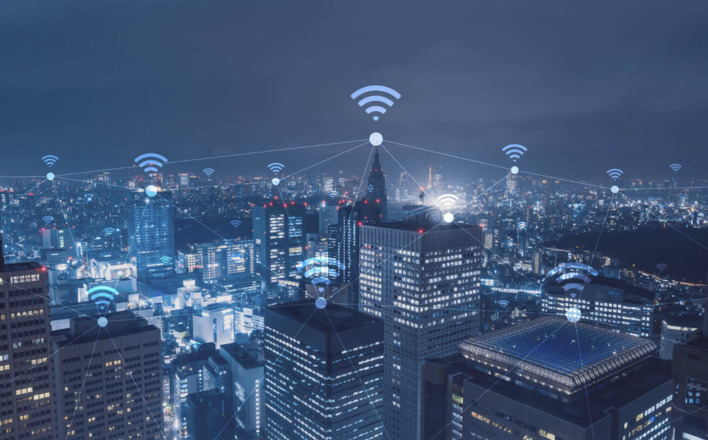
Public Wi-Fi networks have been woven into everyday life’s fabric in our interconnected world. Free internet access has become an expected amenity from coffee shops and airports to libraries and shopping malls. However, as handy as these networks may be, they also come with various potential security risks. Unfortunately, these hidden hazards often lurk unnoticed by the average user, who may unwittingly compromise their digital privacy for connectivity.
Understanding Wi-Fi network security has thus become a crucial necessity, not a mere option. As we increasingly rely on these networks, the exposure of sensitive data becomes a lurking danger, with personal details, financial data, and more at stake. So, it’s important to navigate the world of public Wi-Fi networks with an informed mind, protecting ourselves from potential cyber threats while staying connected.
Understanding the Risks of Public Wi-Fi Networks
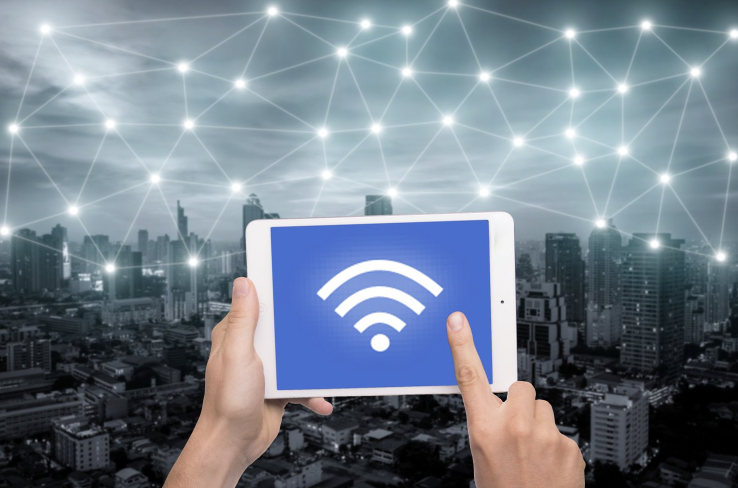
As we delve deeper into the intricacies of publicly available WiFi Internet, we need to confront their not-so-obvious risks. In this section, we will unmask these risks, providing a comprehensive understanding of how these freely accessible networks could potentially be a breeding ground for cyber threats.
Explanation of How Public Wi-Fi Networks Function
In fact, they function on the same fundamental principles as any Wi-Fi network. They use radio waves to transmit data between devices, namely your device and the Wi-Fi router.
Here’s a basic rundown of how they work:
- Network Creation: A public Wi-Fi network is created using a wireless access point (WAP), typically a router, that transmits and receives data through radio signals. This router is connected to the Internet, usually through a wired connection.
- Data Transmission: When your device — a smartphone, laptop, or tablet — connects to the Wi-Fi network, it communicates with the router. Data to be sent from your device to the internet is converted into a radio signal by your device’s wireless adapter, transmitted to the router, and sent over the internet connection. Conversely, data from the internet is received by the router, converted into radio signals, and sent to your device, where it’s translated back into data your device can use.
- Open Access: Public Wi-Fi networks are typically “open,” meaning they do not require a password for access. Some may use a simple sign-in page or terms of service acceptance before granting access. However, data transmitted over these networks is generally unencrypted. This lack of encryption leaves data sent over publicly available WiFi Internet vulnerable to interception.
So, when you use a public Wi-Fi network, you’re essentially sending and receiving data via a shared, typically unsecured, internet connection. This lack of security measures leads to the risks associated with using these networks.
Identification of Common Security Risks Associated with Public Wi-Fi
- Data Interception: Since most public Wi-Fi networks don’t encrypt the data you send and receive over the web, it’s relatively easy for an attacker to intercept this data. This is akin to someone listening in on your phone conversation. An attacker can capture unencrypted data that you send over the network, such as usernames, passwords, and credit card numbers.
- Man-in-the-Middle Attacks: This type of attack is when an attacker intercepts the communication between your device and the network without your knowledge. This could allow the attacker to steal the data you’re transmitting, manipulate it, or even inject malicious data or software into the information being sent back to your device.
- Unencrypted Networks: Publicly available WiFi Internet is typically unencrypted, which means the data you transmit over the network isn’t secured. On an encrypted network, data is scrambled into unreadable text, which can only be unscrambled with the correct decryption key. However, on unencrypted networks, anyone connected to the same network with the right tools can potentially read your data.
- Malicious Hotspots: These are rogue Wi-Fi networks that appear legitimate, although are actually set up by attackers. When you connect to such a hotspot, the attacker can monitor all the data you send and receive. They might even direct you to fake versions of websites to trick you into entering your login details or credit card information.
Case Studies of Notable Public Wi-Fi Network Breaches and Their Consequences
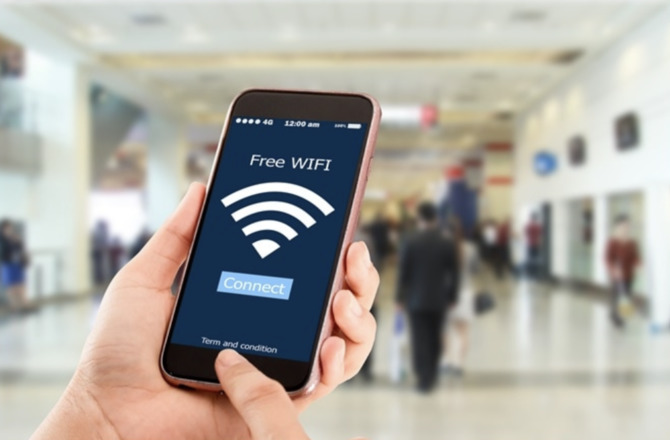
To truly grasp the potential hazards of publicly available WiFi Internet, let’s examine a few notable case studies highlighting significant breaches and their far-reaching consequences.
- 1. Marriott Hotel Breach (2018): This was not directly a Wi-Fi breach but served to illustrate the dangers of public network vulnerabilities. In this case, unauthorized access was gained to the Starwood guest reservation database, which Marriott International had purchased. Over four years, the attackers extracted the sensitive personal data of approximately 500 million guests. The stolen data included names, mailing addresses, phone numbers, email addresses, passport numbers, and even some encrypted credit card numbers. This case demonstrates the potential scale and long-term nature of data breaches.
- 2. KRACK Attack (2017): KRACK (Key Reinstallation Attacks) was a severe weakness discovered in the WPA2 protocol, a popular method of securing Wi-Fi connections. The vulnerability could allow attackers within range of a victim’s Wi-Fi network to intercept passwords, emails, and other data presumed to be encrypted and even manipulate and inject data. This breach wasn’t linked to a specific public WiFi network but affected nearly all modern protected Wi-Fi networks worldwide.
- 3. London Wi-Fi Kiosk Hack (2016): A security research company was able to hack a publicly available Wi-Fi kiosk in London to demonstrate how easily public WiFi could be manipulated. They were able to retrieve recent user history, including sensitive information. While this was a demonstration and no actual data was stolen, it showcased how vulnerable such networks can be.
- 4. Evil Twin Attack in a Popular Coffee Chain (2014): A group of researchers demonstrated an “Evil Twin Attack” in a popular coffee chain. They set up a Wi-Fi hotspot that appeared to be a legitimate network of the coffee chain. When customers connected to it, the researchers were able to intercept data transmission. This demonstration highlighted the risk of malicious hotspots.
Importance of Securing Your Connection
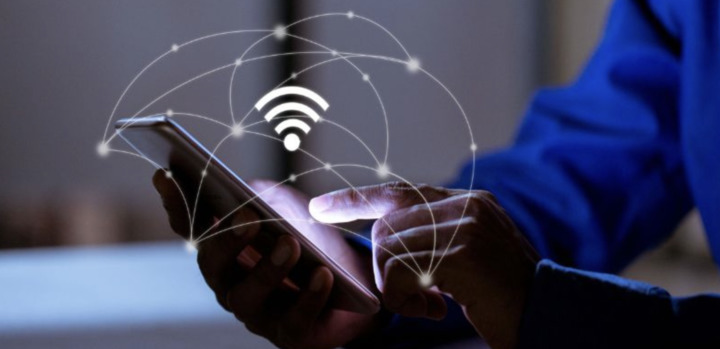
Explanation of Personal Data Vulnerability on Public Wi-Fi Networks
Your personal information can be highly vulnerable when using publicly available WiFi Internet. As mentioned, these networks are often unencrypted and thus need the security measures to protect your data that a private, secure network would have. Without these measures, any information you send or receive could potentially be visible to others on the web.
This includes seemingly harmless information like the websites you visit, but it also contains sensitive information you might send over the network. This could be login credentials, personal emails, private messages, financial information, and other sensitive data. With the right tools, malicious actors could capture and use this information to their advantage.
Description of Potential Consequences of Not Securing Your Connection
The consequences of not securing your connection on a public WiFi network can range from minor annoyances to serious personal and financial ramifications.
At the minor end of the scale, someone can track your online activity, learn which websites you visit, or capture non-sensitive information you send over the network. However, more serious consequences could occur if a malicious actor captures sensitive information. This could lead to identity theft, fraudulent charges, or unauthorized access to your email, social media, or bank accounts.
Moreover, if you fail to secure your connection while working, there could be professional consequences. For example, you might inadvertently expose sensitive company information or customer information, leading to financial loss for your company or even legal trouble.
Steps to Mitigate the Dangers of Public Wi-Fi Networks
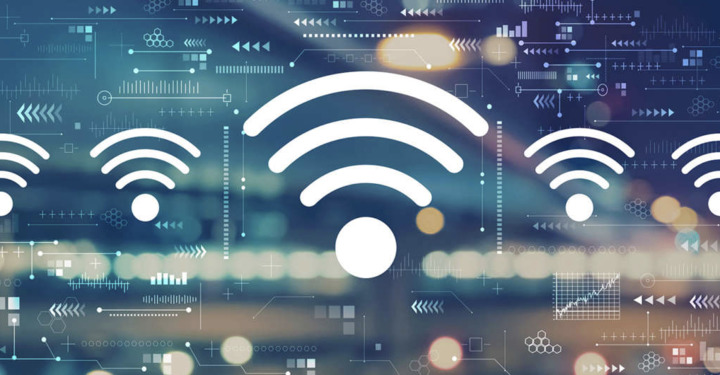
Below, we’ll walk through essential steps to help safeguard your connection.
- Using Virtual Private Networks (VPNs): A VPN can provide a secure connection on public WiFi. It creates a private tunnel through the internet, encrypting and hiding your data from anyone else on the network. With a VPN, even if a hacker is on the same network and trying to intercept your information, they will only see encrypted data.
- Ensuring Website Encryption (HTTPS): Always ensure that the websites you visit use HTTPS, especially when entering sensitive information. HTTPS, which stands for Hypertext Transfer Protocol Secure, encrypts the data between your browser and the website, ensuring it can’t be easily intercepted. You can check for HTTPS in your browser’s address bar; it should show a padlock icon.
- Limiting Sharing and Keeping Your Firewall Enabled: Turn off file sharing on your device and ensure your firewall is enabled when using a public WiFi network. These steps can prevent others on the web from accessing files on your device or sending you potentially harmful data.
- Disabling Automatic Connection to Wi-Fi Networks: To avoid accidentally connecting to insecure or malicious networks, disable the setting on your device that allows it to connect to available Wi-Fi networks automatically. Manually select the network you want to join to ensure you are connecting to a legitimate network.
- Using Two-Factor Authentication and Secure Passwords: Two-factor authentication (2FA) and strong, unique passwords can provide an additional layer of security. Even if a hacker intercepts your password, 2FA could prevent them from gaining access to your accounts. It’s also essential to use different passwords for different accounts to prevent a breach on one account from affecting your other accounts.
These steps can significantly enhance your security when using publicly available WiFi Internet and help mitigate potential threats. However, they are not foolproof, and users should always be cautious and aware when using public WiFi.
Best Practices for Using Public Wi-Fi Networks
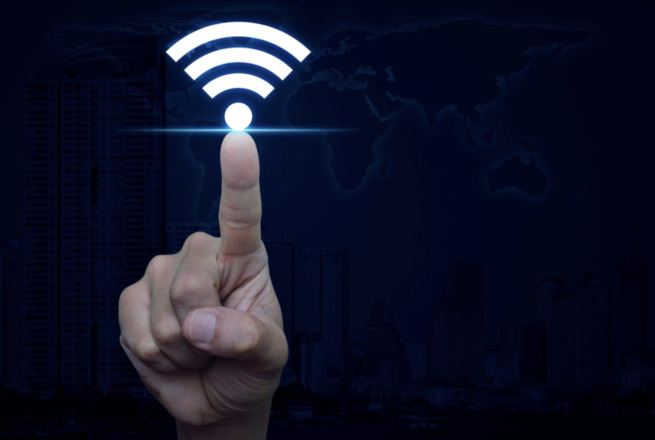
To navigate the landscape of public WiFi safely and efficiently, we’ve compiled a set of practices that, when followed, significantly increase your protection against potential cyber threats.
- 1. Prioritizing the Use of Secured Networks:
Choosing to connect to secured networks should be your first line of defense when using public WiFi. These networks require a password for access and frequently offer some level of encryption, which makes it harder for your data to be intercepted. Avoid networks that don’t require a password, as they tend to be unencrypted and hence more vulnerable.
Typically, networks that utilize WPA2 or WPA3 security are preferable as they provide stronger encryption than older security protocols. If a network offers secure and unsecured connections, always opt for the secure option. Prioritizing secured networks is crucial in protecting your personal information when using public WiFi.
- 2. Advising Against Sensitive Activities (like Online Banking) on Public Networks:
One of the essential guidelines to remember when using public WiFi is to avoid engaging in sensitive activities, especially those involving personal or financial information. Although it might be convenient to quickly check your bank account balance or purchase online at a coffee shop or airport, these actions can put your personal and financial information at significant risk.
Public networks are more prone to breaches, and activities such as online banking, entering credit card information, accessing medical records, or logging into any site that contains sensitive data can provide a gold mine for cybercriminals. If you must perform these actions while out, it’s safer to use your own cellular data or wait until you can access a secured, trusted network.
- 3. Checking the Legitimacy of the Wi-Fi Network Before Connecting:
Before you connect to a public Wi-Fi network, verifying its legitimacy is critical. Unscrupulous individuals may create “rogue” networks to trick unsuspecting users into connecting. These networks often have names similar to legitimate hotspots, such as a variant of the name of the coffee shop or hotel you’re in.
You can ask an establishment employee for the correct network name and password to confirm a network’s legitimacy. However, avoid connecting to any network without a password or directing you to a suspicious-looking login page.
Remember, connecting to a rogue network can risk your device and any transmitted information. Hence, it’s always better to verify before you join.
Conclusion
As we navigate an increasingly interconnected world, the availability and convenience of publicly available WiFi Internet is a boon, yet they come packaged with potential security risks. From data interception to malicious hotspots, these dangers underscore the critical importance of understanding the digital landscape. However, we can mitigate these threats with awareness and utilizing protective measures such as VPNs, safe browsing practices, and prioritizing secured networks. Ultimately, the key is not in shunning public WiFi but in securing our connections, staying vigilant, and using these networks responsibly. By implementing the steps outlined in this article, you can enjoy the benefits of public WiFi while maintaining the integrity and security of your personal information.
